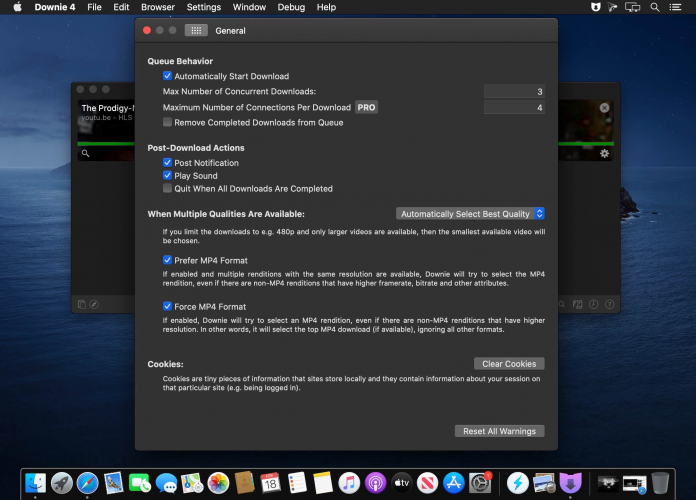

Mt- HA1 Is Required for the Mycorrhizal Symbiosis in M. This is a representative experiment that was repeated three times in (B) to (E). *P < 0.05 compared with the wild type (Student’s t test) in (D) and (E). The experiments were replicated two times. (F) Expression level of Os- HA1 (LOC_Os03g01120) and the genes located immediately upstream (LOC_Os03g01110 up gene) and downstream (LOC_Os03g01130 down gene) in 2-week-old wild-type and Os- ha1 mutant root without inoculation with R.

irregularis colonization at 6 weeks post inoculation. (E) Quantification of arbuscule formation during R. (C) No increase of shoot mass in response to mycorrhizal symbiosis 9 weeks postinoculation. P < 0.05 compared with the wild type without mycorrhizal inoculation (Student’s t test). (B) Increase of Pi levels in wild-type shoots, but not in Os- ha1. (A) Os- HA1 ( Os03g0100800/LOC_Os03g01120) has 20 exons, and a single Tos17 insertion was identified that has an insertion in exon 12. Os- HA1 Is Required for Normal Arbuscule Development and Function in Rice. © 2014 American Society of Plant Biologists. Overexpression of the H +-ATPase Os-HA1 increased both phosphate uptake and the plasma membrane potential, suggesting that this H +-ATPase plays a key role in energizing the periarbuscular membrane, thereby facilitating nutrient exchange in arbusculated plant cells. Mutation of the H +-ATPases reduced arbuscule size and impaired nutrient uptake by the host plant through the mycorrhizal symbiosis. Here, we show that plasma membrane H +-ATPases that are specifically induced in arbuscule-containing cells are required for enhanced proton pumping activity in membrane vesicles from AM-colonized roots of rice (Oryza sativa) and Medicago truncatula. The mechanism of nutrient exchange has been studied in plants during mycorrhizal colonization, but the source of the electrochemical proton gradient that drives nutrient exchange is not known. Several transporters, particularly proton-coupled phosphate transporters, have been identified on both the plant and fungal membranes and contribute to delivering phosphate from fungi to plants. Most plant species form symbioses with arbuscular mycorrhizal (AM) fungi, which facilitate the uptake of mineral nutrients such as phosphate from the soil. 7 Plant Biology Division, The Samuel Roberts Noble Foundation, Ardmore, Oklahoma 73401.6 Institut des Sciences du Végétale, Centre National de la Recherche Scientifique, 91198 Gif-sur-Yvette, France.5 National Key Laboratory of Plant Molecular Genetics, Institute of Plant Physiology and Ecology, Shanghai Institutes for Biological Sciences, Chinese Academy of Sciences, Shanghai 200032, China.4 John Innes Centre, Norwich NR4 7UH, United Kingdom.3 Department of Biology, University of York, York YO10 5DD, United Kingdom.1 National Key Laboratory of Plant Molecular Genetics, Institute of Plant Physiology and Ecology, Shanghai Institutes for Biological Sciences, Chinese Academy of Sciences, Shanghai 200032, China John Innes Centre, Norwich NR4 7UH, United Kingdom 2 National Key Laboratory of Plant Molecular Genetics, Institute of Plant Physiology and Ecology, Shanghai Institutes for Biological Sciences, Chinese Academy of Sciences, Shanghai 200032, China John Innes Centre, Norwich NR4 7UH, United Kingdom.


 0 kommentar(er)
0 kommentar(er)
